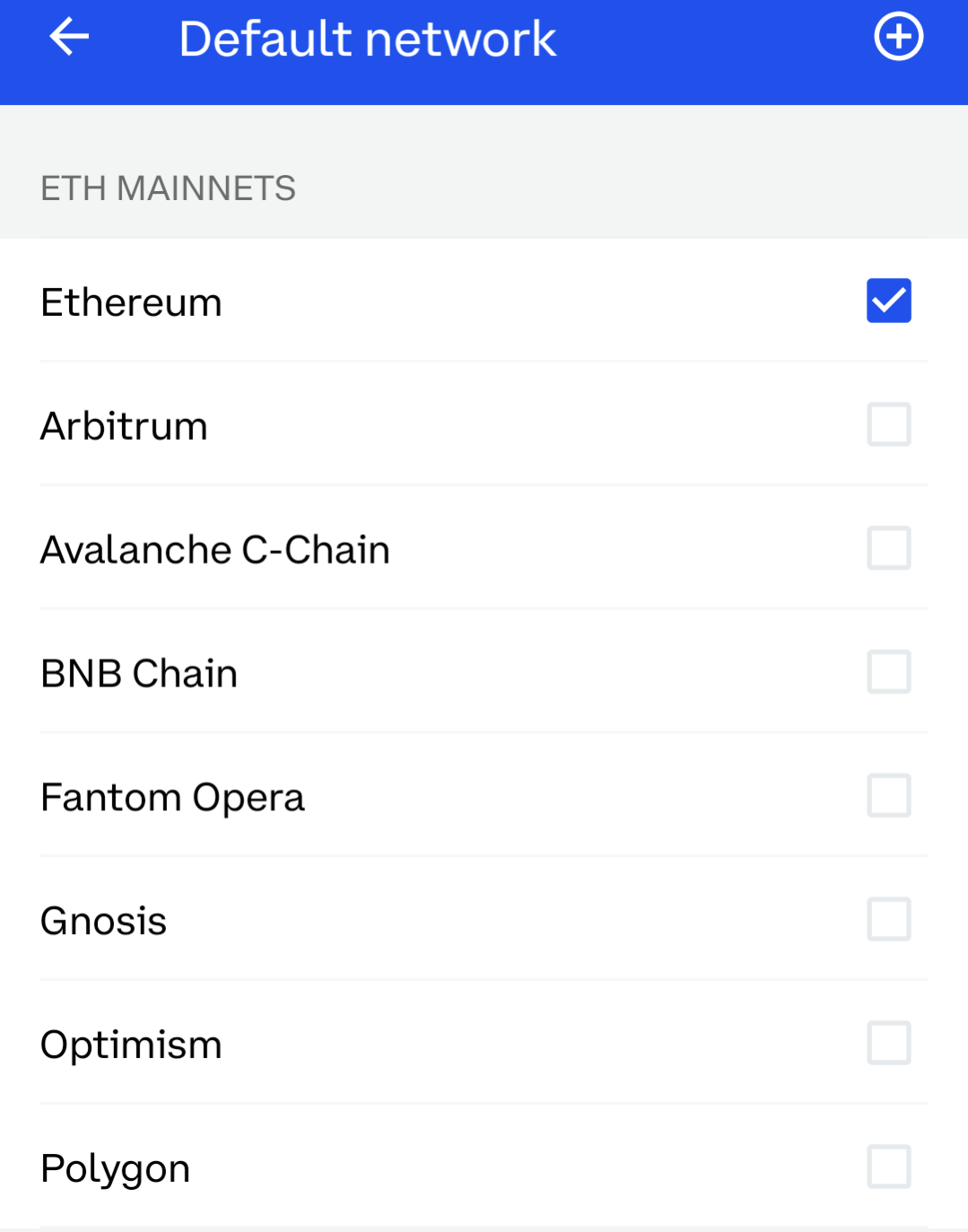Scaling The Ethereum Ecosystem
I went to renew a .ETH domain I own this morning and the gas fees were so high that I decided to come back another time.

Ethereum is the most popular smart contract blockchain by far but it frequently gets congested and expensive. Using it to acquire and renew domains, normally a transaction that costs less than $100 USD, is challenging.
That is why there are a host of Ethereum Virtual Machine (EVM) compatible layer one blockchains (L1s) and a number of layer two networks (L2s) that run on top of the Ethereum mainnet. These networks allow decentralized apps (dapps) that use Ethereum smart contracts to operate much less expensively.
I went into my Coinbase Wallet this morning to see how many of these L1 and L2 networks they currently support and found this list.

There are many more L1s and L2s that have launched, but that is a list of some of the most popular ones. I expect that Coinbase Wallet and Metamask and other self custody wallets will continue to add additional ones over the next few years.
My son went to the Knicks game on Saturday and they were offering Knicks NFTs on the Jumbotron. I told him to buy me one. He did and bought it on the Polygon network to save fees. He sent it to my self custody wallet and when I switch networks to Polygon in the wallet, I can see the NFT.
That’s how these L1s and L2s work in self custody wallets today.
I don’t think that is how they will always work.
I think that a lot of the Web3 “plumbing” that is now visible to users in the wallets and dapps will eventually be hidden by developers so users don’t need to worry about which network their assets are on. They will be able to find them, use them, transfer them, sell them, etc without needing to know which chain they are dealing with.
But for now, this is the state of play with the Ethereum ecosystem. You increasingly need to go to a different L1 or L2 to do things cost-effectively. And when you do, there is added complexity for the user. This is both progress in the sense that third-party developers are building technology to scale the Ethereum ecosystem and pain in the sense that an already complicated user experience is getting more complicated.
Hiding all of this complexity for the end-user is definitely one of the big opportunities in web3 right now.